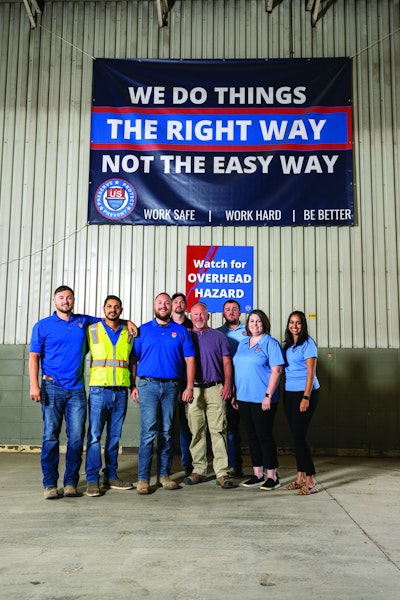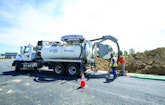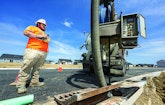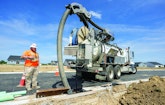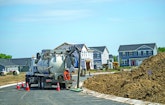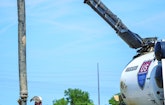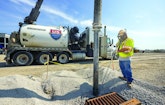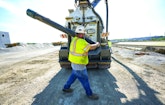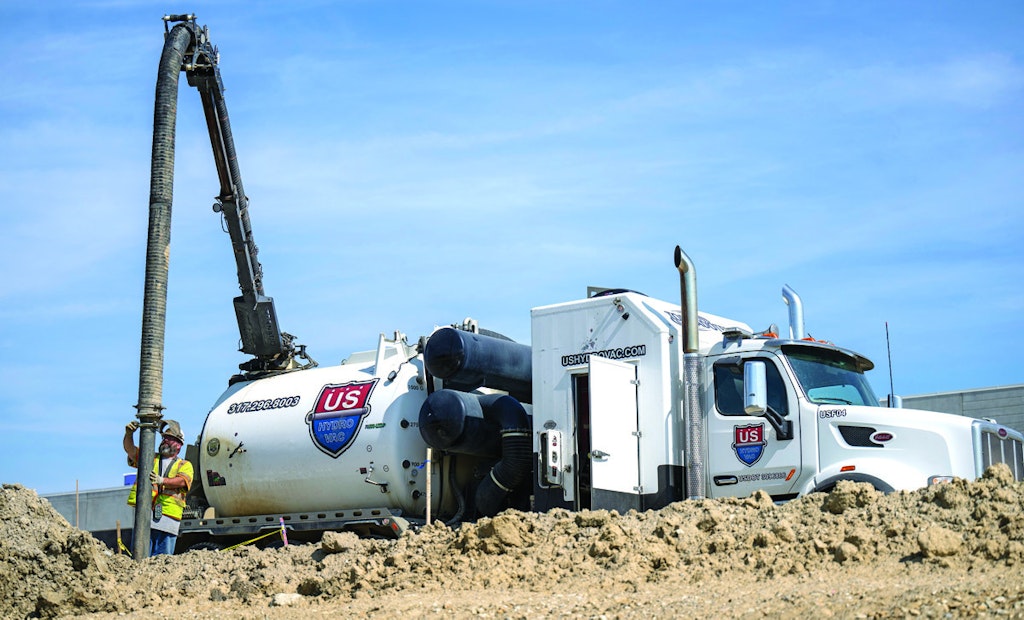
Michael Stidham, heavy-equipment operator for US Hydrovac, uses a Tornado F4 Eco-Lite on a job in Greenfield, Indiana. (Photography by Marc Lebryk)
Some companies boom and fade. The fundamentals weren’t there. By comparison, US Hydrovac seems fundamentally sound, with the Indianapolis company’s core values and best practices aligned for success. Plus, its founder is determined to succeed.
How determined? KP Panchal...
